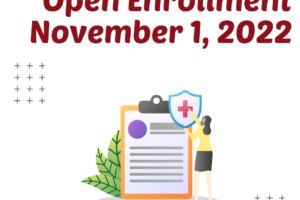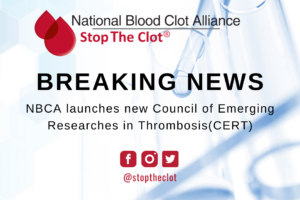Can a Few Clots After Dc Cause Results to Continue Being Positive
Blood Clot FAQs – Follow Up Care
What about that swelling/pain/ache still have?
If you have had a Deep Vein Thrombosis (DVT), it is common to have residual swelling in the leg after the initial treatment. Graduated compression stockings help increase blood flow in the legs and reduce the swelling.
After a Pulmonary Embolism (PE), shortness of breath and mild pain or pressure in the area affected by the PE are common. Pain may occur in response to physical activity or taking a deep breath and may be present for months or years after the PE. Shortness of breath should decrease with time and exercise.
After having a DVT or a PE, what is the likelihood of developing another one?
The majority of patients do not suffer a recurrence. However, their risk is higher than for the general population. The degree of increased risk depends upon individual circumstances such as location of the clot, number of prior clots, and underlying medical conditions.
If I have a DVT in a particular place in the calf, does scarring predispose this site for a new DVT?
What are the warning signs of a new DVT?
Swelling and pain. It often feels like a persistent "charlie horse," or cramping in the calf. A sensation of fullness/pressure/swelling/tightness occurs, especially when going from sitting to standing. It is also described as an odd pulling sensation or tingling that doesn't go away.
How do I know it isn't simply a pulled muscle?
A pulled calf muscle usually gets better in a day or two.
Once you've had a DVT, should you have follow-up ultrasounds?
No, not unless a new DVT is suspected.
What are the warning signs of a new PE?
Shortness of breath, fainting, or chest pains (particularly pains that worsen with coughing or change in position) are the three most worrisome signs.
If I'm no longer taking anticoagulants, and I suspect a new clot, should I take Coumadin until I can seek medical attention?
What tests should I have after I stop taking Coumadin?
Should I take aspirin after stopping Coumadin?
Only if your doctor prescribes it.
Is it necessary to be weaned gradually off Coumadin?
If I have cancer, should I take prophylactic anticoagulants?
Discuss this with your doctor.
Once I've had a PE or DVT, if I'm ever hospitalized, should I tell the doctors?
Should I tell my dentist I'm on anticoagulants?
Definitely tell the dentist when you make the appointment. Every dentist handles the issue of anticoagulants differently.
Is it OK to exercise?
Moderate exercise such as walking or swimming is recommended. A return to your normal exercise routine depends on your physical condition before the clot and the severity and location of your clots.
How important is exercise in rehabilitation for a PE or DVT?
It is essential, within the constraints of your physical condition. Exercise increases circulation, reduces symptoms of venous insufficiency, and will make you feel invigorated. Aerobic exercise may increase lung function after a PE.
I had a DVT. Should I refrain from crossing my legs?
Yes. Crossing your legs interferes with circulation.
How long should I sit at one time?
No more than two hours at a time.
Is it OK to travel?
Yes. In an automobile, stop every hour or so and walk for several minutes. On a plane, try to sit where you can stretch your legs (aisle seat, exit aisle, bulkhead seats, business class, etc.). Periodically, get up and walk the aisle(s) for several minutes. It is also a good idea to wear compression stockings when traveling.
Current News
Follow us on Twitter
We have extended the #RacetoStoptheClot® Fun Run registration/completion deadline to Friday, October 21 at 11:59 pm EST. Register today: https://bit.ly/nbcafunrun22
Load More...
Source: https://www.stoptheclot.org/about-clots/faqs/faq-follow-up-care/

